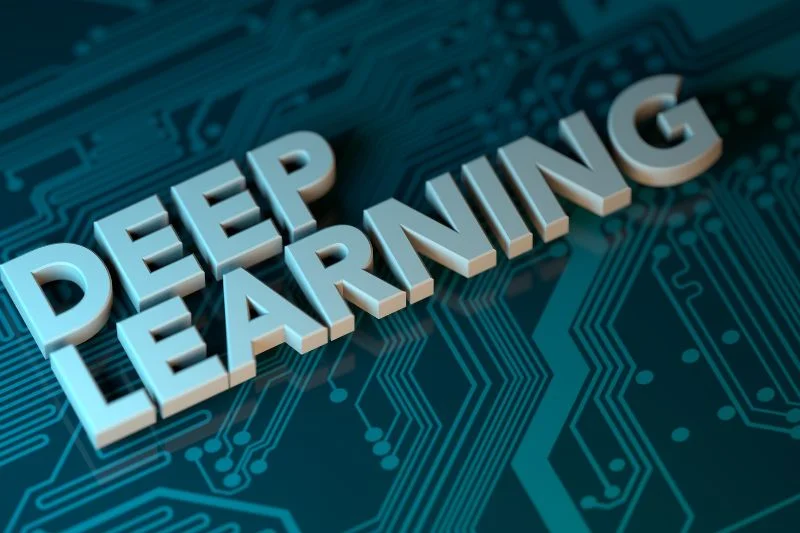Deep learning Book, Deep learning is a subset of machine learning that is a method of teaching computers to learn from data, without being explicitly programmed. Deep learning algorithms are based on brain-style artificial neural networks.
Deep learning has shown great promise in a number of areas, including speech recognition, natural language processing, and image recognition. Deep learning algorithms can learn to recognize patterns in data and can improve their performance as they receive more data.
One of the advantages of deep learning is that it can be used to train computers to recognize objects in images or videos. For example, a deep learning algorithm can be used to distinguish between different types of animals.
Deep learning algorithms can also be used to recognize patterns in text. For example, a deep learning algorithm can be used to distinguish between different types of text, such as emails, blog posts, and news articles.
Deep learning algorithms can also be used to recognize patterns in data, such as the patterns that occur in financial data. For example, a deep learning algorithm can be used to predict stock prices.
Deep learning algorithms can also be used to recognize patterns in data, such as the patterns that occur in medical data. For example, a deep learning algorithm can be used to predict the likelihood of a patient developing a certain disease.
Deep learning is a powerful tool for teaching computers to learn from data. Deep learning algorithms can be used to recognize patterns in data and can improve their performance as they receive more data.
Top 5 Deep Learning Books
The benefits of learning from books will vary depending on the individual and the specific topic of study. However, the best deep learning book can be very beneficial to deepen one’s understanding of a topic and learning new information. Best deep learning books can provide in-depth explanations of complex concepts and offer a wealth of additional resources, such as exercises and case studies, to help learners apply what they have learned.
The 5 best Deep Learning Books are:
A detailed description of the best deep-learning books is given below. We also recommend you to visit the official website of Datacamp, where you can learn from experts.:
1. Deep Learning with Python- written by Francois Chollet

Deep Learning with Python | Neonpolice
If you want to learn about deep learning, this is the book for you. Written by Francois Chollet, a deep learning expert, this book provides a comprehensive guide to the subject. You’ll learn about the basics of deep learning, how to implement it, and how to use it to improve your own projects.
Deep learning is a complex topic, but this book breaks it down into easy-to-understand language. You’ll start with an introduction to the basics of deep learning, including neural networks, TensorFlow, and Keras. You’ll then learn how to use these tools to create your own deep-learning models.
This book is packed with real-world examples to help you understand deep learning in action. You’ll learn how to use deep learning to improve your own projects, including image recognition, natural language processing, and more.
If you’re looking to learn about deep learning, this is the perfect book for you. It provides a comprehensive guide to the subject, with plenty of real-world examples to help you understand it in action.
2. BlackGrokking Deep Learning by Andrew W. Trask
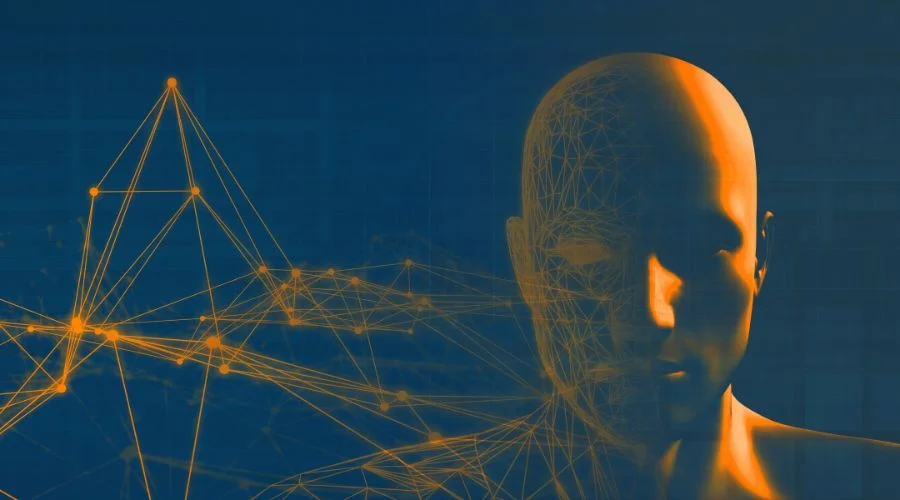
BlackGrokking Deep Learning by Andrew W. Trask | Neonpolice
Deep learning is a subfield of machine learning that is concerned with algorithms that learn to represent data in multiple layers of abstraction. These algorithms are called deep learning networks, and they are a type of neural network. Deep learning networks are similar to other neural networks, but they are composed of many layers or depth, hence the name deep learning.
Deep learning networks have been very successful in a wide variety of tasks, including image recognition, natural language processing, and machine translation. In this book, we will explore the basics of deep learning networks and how to use them.
We will start by discussing the basics of deep learning networks, including the structure and operation of these networks. We will then discuss how to train deep learning networks and how to use them to solve various tasks. Finally, we will discuss some of the challenges and limitations of deep learning networks.
3. Neural Networks & Deep Learning- by Charu C. Aggarwal
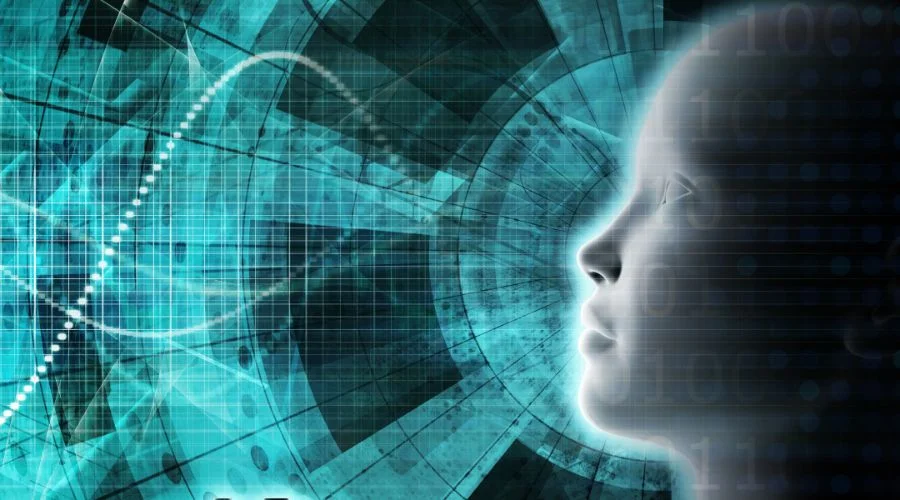
Neural Networks & Deep Learning- by Charu C. Aggarwal | Neonpolice
This textbook provides a comprehensive introduction to deep learning and neural networks. After covering the basics of neural networks, the book moves on to deep learning, including deep neural networks, convolutional neural networks, and recurrent neural networks. The book also discusses important deep learning applications such as natural language processing, computer vision, and speech recognition.
Each chapter includes a set of exercises, with solutions available on the author’s website. The book is suitable for undergraduate and graduate students in computer science, engineering, and related disciplines.
4. Fundamentals of Deep Learning: Designing Next-Generation Machine Learning Algorithms by Nithin Buduma, Nikhil Buduma, and Joe Papa
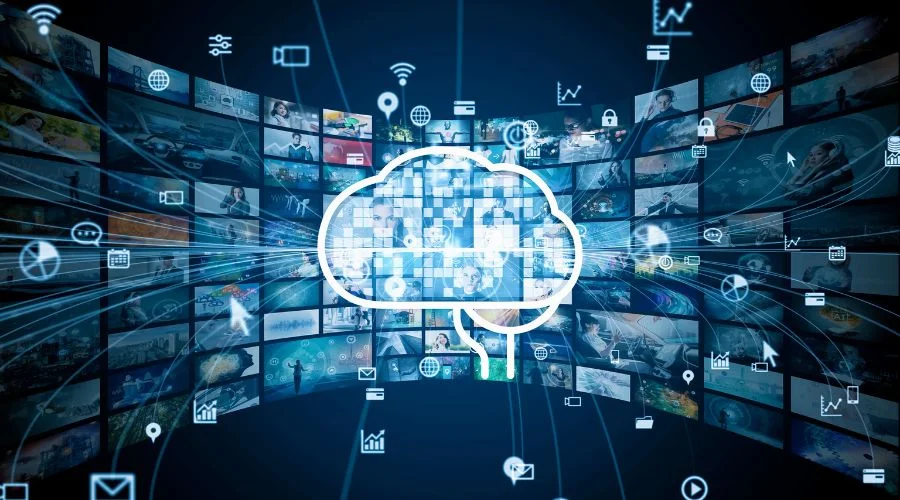
Fundamentals of Deep Learning Designing Next-Generation Machine Learning Algorithms by Nithin Buduma, Nikhil Buduma, and Joe Papa | Neonpolice
This book is a comprehensive guide to the theory and practice of deep learning. It starts with an overview of deep learning concepts and then moves on to discuss deep learning algorithms and architectures. The book also covers important topics such as data pre-processing, debugging, and performance optimization. Finally, the book provides a few case studies that demonstrate how deep learning can be used to solve real-world problems.
The book aims to introduce the discipline without technical jargon. Based on practical examples of Python-based code, the book walks you through some of the most common deep learning use cases, from image processing and text analysis to building learning models for reinforcement.
5. Deep Learning with R by Francois Chollet, Tomasz Kalinowski, and J. J. Allaire
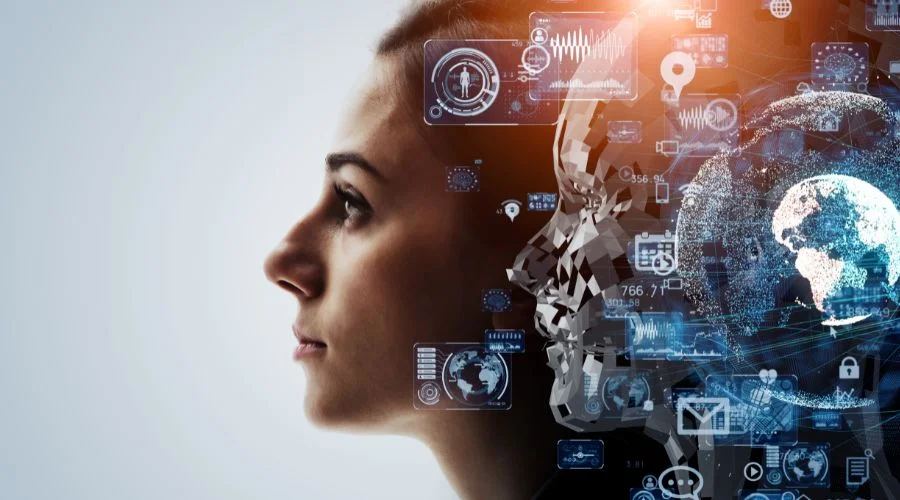
Deep Learning with R by Francois Chollet, Tomasz Kalinowski, and J. J. Allaire | Neonpolice
This book is a comprehensive guide to deep learning with R. It starts with the basics of deep learning, such as linear regression and multilayer perceptrons, and then moves on to more advanced topics, such as convolutional neural networks, recurrent neural networks, and deep learning architectures.
The book also includes a number of practical exercises that will help you apply deep learning to your own data. You will learn how to use the TensorFlow and Keras libraries to build deep learning models, and you will also learn how to use R to preprocess data, train models, and evaluate results.
Overall, this book provides a thorough introduction to deep learning with R, and it will be of great interest to data scientists and machine learning experts.
Deep Learning with R, Second Edition is a practical guide to deep learning using the R language. As you browse through this book, you’ll quickly grasp the basic ideas of deep learning. Intuitive explanations, crisp illustrations, and clear examples walk you through key DL skills like image processing and text manipulation and even advanced features like transformers. This new, revised, and expanded edition is an adaptation of Deep Learning with Python, Second Edition by François Chollet, creator of the Keras library.
Conclusion
Deep learning is a subset of machine learning that uses neural networks to learn how to do tasks. 10,000 character limit! A neural network consists of interconnected layers of processing nodes or neurons, that can recognize patterns in input data. Deep learning networks can have many layers that allow them to learn more complex patterns. Deep learning networks have been successful in tasks such as image recognition, natural language processing, and machine translation. For more information about Deep Learning Books visit the official website of Neonpolice
